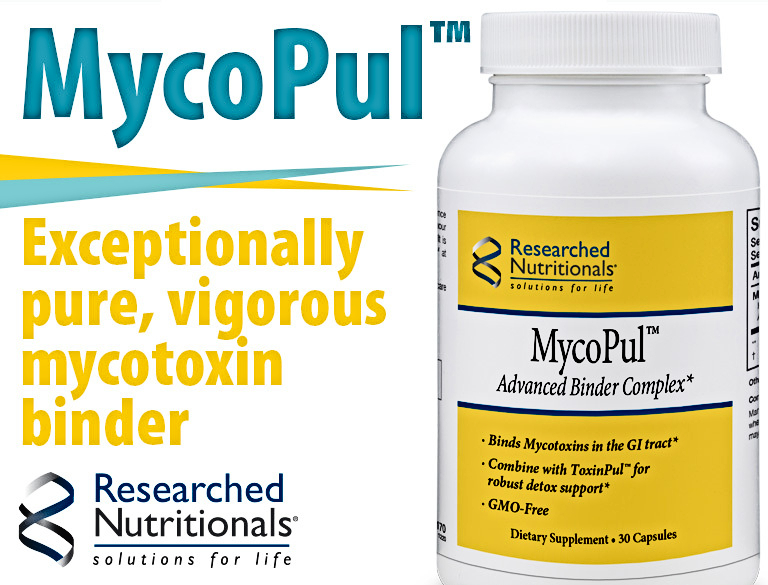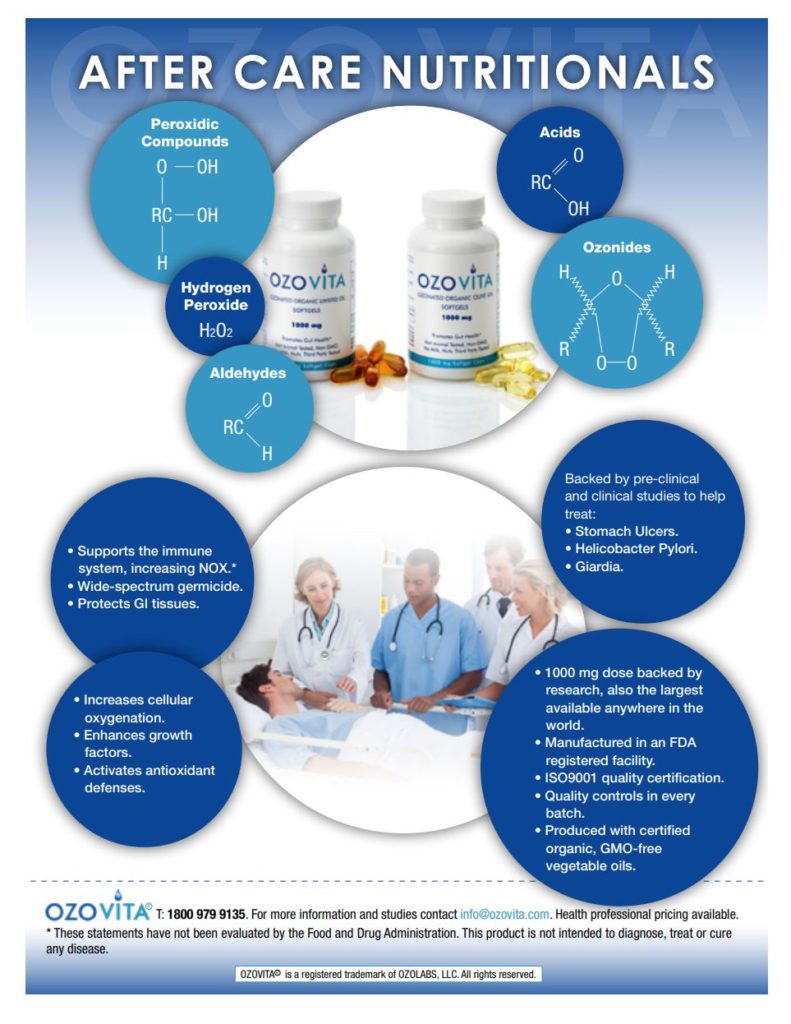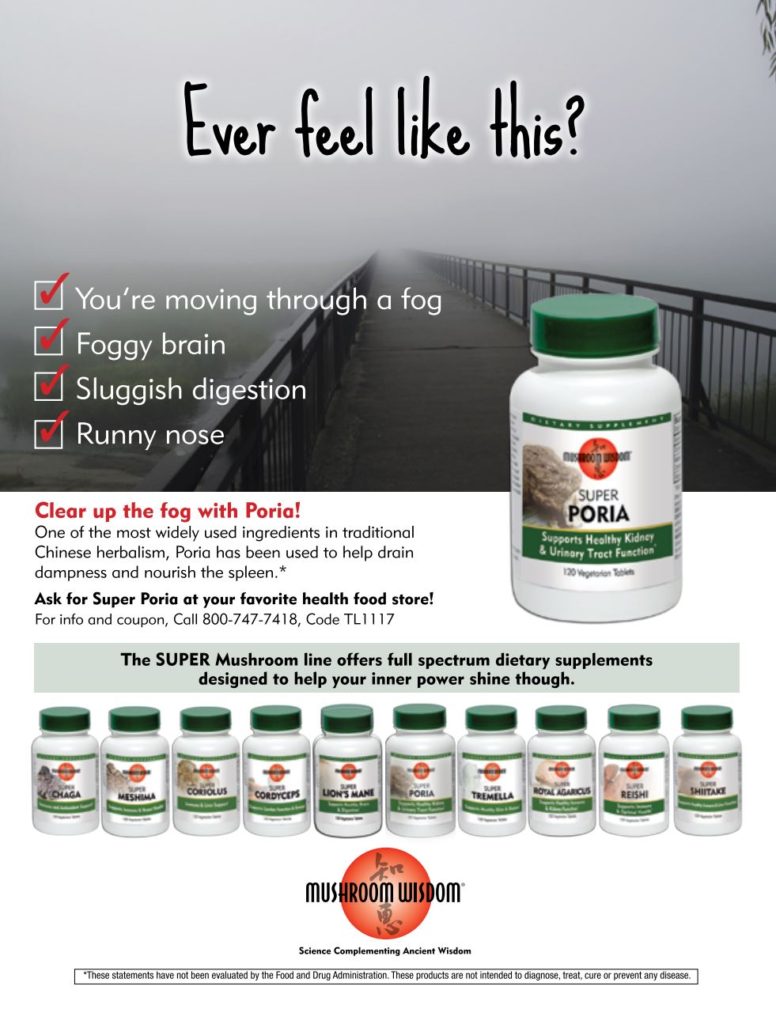By Linda L. Isaacs, MD
Most of my patients have a past or present diagnosis of cancer, and it is important in such patients to support the immune system. Glandular products are a key part of my protocols, which also involve extensive diet and lifestyle changes, along with detoxification. Although autoimmune disease hasn’t been a research or publication focus for me, neither now nor historically in my work with Dr. Nicholas Gonzalez, because of its prevalence and the undiscerning impact of cancer, I do see patients with autoimmune issues. I will review three particularly interesting cases of lupus in which glandulars were a key part of the treatments applied, and the success that was seen with them.
What Are Glandulars?
Glandular substances are specially treated preparations of different animal-sourced organs, such as the pancreas, thyroid, or adrenal gland. There are a variety of glandular products available, some more processed and purified, some less. Dr. Gonzalez and I found that the most effective products were made by a special freeze-drying technique known as lyophilization. This method removes the water but leaves everything else in the gland still present in the final product.
When glandular substances are prepared in this fashion, they contain a variety of substances, including nutrients, proteins, growth factors, and other cofactors found in the gland. These include enzymes and their precursors that are normally found in pancreatic tissue, vitamins and minerals that are found at high levels in the liver, and—with a glandular such as adrenal or thyroid gland—extremely small amounts of naturally occurring hormone-type substances, so little that their beneficial effect cannot be explained pharmaceutically.
We believe the glandular products can provide the raw materials such that the gland can actually fix itself. But another possible mechanism of action is via oral tolerance, where a swallowed substance can downregulate the body’s inappropriate immune response. Therefore, any autoimmune issues, such as with the adrenal or thyroid gland, may be modified by glandular supplementation.
Immune Support for High-Risk Patients
Many of my patients fall into a high-risk category for infections, being older or having co-existing conditions. They describe global fatigue and a tendency to catch frequent colds.
With patients such as this, I use three glandulars—the thymus, adrenal, and pancreas gland – and I find that they work together synergistically. Adrenal and pancreas glandulars can have an effect on immune function, in addition to their other roles in my program. Patients with fatigue frequently need the adrenal glandular; patients with poor digestion and gastrointestinal complaints, the pancreas glandular. The enzymes and their precursors found in pancreas glandular may be helpful for breaking up cytokines and various protein mediators of infection.
The thymus, of course, is the home of the T cells that are more directly involved with viruses and the like, while the spleen is the home of the B cells that make antibodies. Although I have found that the thymus glandular works well for a wide variety of patients, there are some people with frequent infections for whom the spleen glandular can be very helpful.
Most of my patients take thymus glandular; and for years and years now, I have told them to take a higher dose at the first sign of symptoms if they feel like they are getting a cold or the flu. Many of the patients have said that if they start taking it in this manner the moment they start to feel sick, it can help to prevent or mitigate the illness.
Typically, I advise patients to take three capsules of thymus glandular three times a day if they are starting to come down with something. However, recently many of my patients are more concerned about getting sick and/or have a higher risk of infection exposure. I advise them to take one capsule of the thymus glandular three times a day or a regular basis. Overall, people have been doing quite well with this, and it seems to be helpful in keeping a high-risk population healthy. Of course, there hasn’t been a full study to test out either of these protocols, but I feel I have enough anecdotal evidence to suggest this to my patients.
Case Studies in Autoimmunity
Each of these three patients were diagnosed with lupus, an autoimmune disorder that can be very, very deadly, or it can be relatively mild. Two were patients of Dr. Gonzalez, one of mine, but all were treated with the methods Dr. Gonzalez and I utilized during our 25-year association.
We never decided to publish these cases because it wasn’t our, or now my, primary focus. But it also is difficult to demonstrate real value in the field of autoimmunity because the natural history of the disease can be so variable. In other words, some people seem to do fine over the long haul, and some people rapidly deteriorate and die not so long after being diagnosed. It’s hard to know from the get-go which patient is which. Some orthodox autoimmune disease regimens are based on expert opinion as opposed to clinical trials because it is hard to recruit patients and generate meaningful data.
Research and even expert opinions in autoimmune disease can also be cloudy because a lot of physicians using orthodox treatments for autoimmune disease don’t ask the patients what they are doing in addition to the medications they are taking. So, it is quite possible that a lot of the people who had a “spontaneous remission” in fact modified their diet or were taking supplements and that’s why they got better – but if you don’t ask them, you’ll never find that out.
The first patient I will discuss came to see Dr. Gonzalez in 1992. She was in her mid-thirties at the time she was diagnosed with lupus, as were all of these patients. She was on the verge of needing dialysis due to kidney involvement; she was extremely sick, and completely exhausted. She went on the protocol and continued to be treated by him right up until the time he passed away in 2015. All her symptoms and signs of lupus actually resolved. She started out on quite a few medications, all of which were tapered, and she did great.
Lupus nephritis is generally a very bad sign. In his notes of his last visit with her, which was 22 years after beginning treatments, she credits the program with saving her life.
Another case was a woman diagnosed with lupus whose mother had died of the disease. When she first saw Dr. Gonzalez in 1992, she was completely exhausted to the point that she could barely get up and walk around. She also did extremely well; her symptoms completely resolved, and she was doing very well in 2014, which was the last time she came to see him.
I heard from her in early 2020, and she told me that she went to see a rheumatologist who questioned whether she ever had lupus in the first place. Her father was a physician, and she had been diagnosed by reputable physicians with a clear-cut case of lupus, so neither Dr. Gonzalez nor I had any doubt that she had the disease. But she was doing so well that the rheumatologist simply did not believe her story.
Finally, the third case is a patient of mine who developed lupus in her mid-thirties. She began treatment with me in 1999, while continuing hydroxychloroquine. She discontinued hydroxychloroquine in 2004, and continued to do well. When I last communicated with her in 2014, she had had no further symptoms of lupus and was off all lupus-related medications.
With all of these patients, one of the common threads in their treatment was high doses of the thymus glandular—from three to nine capsules a day, taken with meals, for years and years. Another supplement taken by these patients was a pancreas glandular product, taken away from the meals. Pancreas is obviously high in the various enzymes the pancreas makes and their precursors, and I believe that it may be helpful with autoimmune disorders because proteolytic enzymes can help break up some of the autoimmune complexes that are at the heart of the disease.
Glandulars alone are not sufficient: diet and detoxification are extremely important as well. Our patients are told to eat a high-quality diet, and they all perform detoxification routines such as coffee enemas. While most approach the coffee enemas with some trepidation, almost all report it becomes their favorite part of the protocol.
So, these are three representative patients with a difficult-to-treat autoimmune disorder who have done extraordinarily well using glandular products, with the usual caveats about lupus and its unpredictable course. I have seen a fair number of patients with autoimmune disorders over the years who have done particularly well like this. Symptomatically, with these supportive protocols, including glandulars as well as dietary modifications and detoxification, patients with autoimmune disorders or fatigue-type syndromes typically start to feel somewhat better in around three to six months.
Contraindications and Medication Interactions
In my experience, the glandulars are really quite safe. Rarely have I seen a patient have a problem with the pancreas, thymus, or spleen glandular. With the adrenal glandular, every now and then a patient may start off being very sensitive to it, or they may become sensitive to it. When the adrenal gland is working better, such a product is no longer needed, and the body may display sensitivity symptoms.
As an example, I had a patient once who came to see me because of breast cancer, but she also had been exhausted for years and years before she got the cancer. I put her on a protocol that included the adrenal glandular and she improved rather dramatically. Initially she took adrenal glandular three times a day, but she got to a point after five or six years on the protocol that she would get fatigue if she didn’t take the adrenal at all, but if she took more than one capsule every five or six days, she got headaches. So, she herself, with some guidance from me, figured out how often she needed to take it, and with that approach, her energy levels were excellent.
Patients or other doctors sometimes worry about adrenal suppression with adrenal glandular supplementation, but the amount of active hormone in glandulars from a reliable source is extremely small. I believe that the glandulars can actually help patients recover from adrenal suppression that corticosteroids have caused, by giving a source of raw materials for repair. With many of our patients, there comes a time that the supplement is no longer needed, which would suggest that repair can occur.
In terms of interaction with other medications, I haven’t found any problems, though from a theoretical point of view, pancreas glandular should probably be taken away from any medication that is in a time-release preparation.
Conclusion
I hope in this article to have given you some food for thought about how the use of glandular extracts may be helpful to your patients with autoimmune disorders, as well as patients with other conditions. Thymus, adrenal, and pancreas glandulars are all pillars of the work that I do; and I believe that they can be useful in almost any clinical practice.
Biography:
Linda L. Isaacs, MD, received her Bachelor of Science from the University of Kentucky, graduating with High Distinction. She attended Vanderbilt University School of Medicine, then completed her internal medicine training at the Department of Veterans Affairs Medical Center at New York University School of Medicine. She is certified by the American Board of Internal Medicine and is enrolled in their continuing Maintenance of Certification program.
She and her long-time colleague Nicholas J. Gonzalez, MD, published multiple articles in scientific journals together, as well as a book, The Trophoblast and the Origins of Cancer. Since Dr. Gonzalez’s untimely death in July 2015, Dr. Isaacs has dedicated herself to continuing the work they both shared. Her website is www.drlindai.com.










